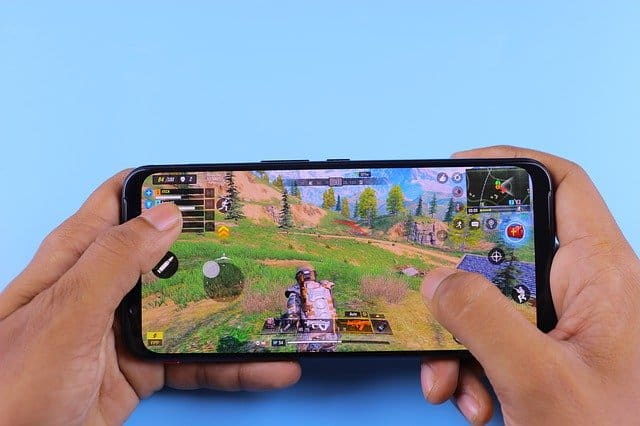Charitable giving has undergone a remarkable transformation in recent years, largely driven by advancements in technology, connectivity, and social media. These innovations have not only made donating easier and more accessible but have also redefined how people engage with charitable causes. From traditional forms of giving to newer, more interactive methods, technology is reshaping philanthropy in ways that are more inclusive, engaging, and efficient.
 The Rise of Online Donation Platforms
The Rise of Online Donation Platforms
One of the most significant advancements in charitable giving is the emergence of online donation platforms. These platforms simplify the process of contributing to causes, allowing individuals to donate from anywhere at any time. The convenience of digital transactions has led to a surge in direct online giving. In fact, a considerable percentage of donors have made contributions through social media platforms, with Millennials leading this trend. The ability to donate with just a few clicks has eliminated many of the traditional barriers to giving, such as the need for physical checks or in-person fundraising events. Digital donation platforms also provide a level of immediacy, enabling people to respond to crises and urgent needs as they unfold.
The Power of Crowdfunding Initiatives
Crowdfunding has emerged as a powerful tool for philanthropy, democratising the act of giving and allowing individuals to raise funds for personal and community-driven causes. Platforms like GoFundMe have made it possible for people to solicit support directly from their networks, bypassing traditional fundraising channels. This has led to a rise in peer-to-peer giving, where individuals contribute directly to specific causes they care about. Crowdfunding has been particularly effective for emergency relief efforts, medical expenses, and grassroots projects, giving a voice to individuals and communities that may not have had access to traditional funding sources. Millennials, in particular, have embraced this model, demonstrating a preference for direct and impactful contributions.

Social Media Driving Charitable Engagement
Social media has revolutionised how nonprofit organisations and charities connect with donors. Platforms such as Facebook, Twitter, and Instagram have become essential tools for raising awareness, advertising fundraising events, and sharing real-time updates on charitable initiatives. This increased visibility allows organisations to engage with a broader audience, fostering a sense of community and transparency. The interactive nature of social media enables donors to witness the impact of their contributions, enhancing their sense of involvement and commitment to a cause. Campaigns which leverage social media to encourage mass participation in charitable giving have proven how digital platforms can amplify generosity on a global scale.
The Convenience of Mobile Giving
The widespread use of smartphones has paved the way for mobile giving, offering donors an effortless way to contribute. Mobile donation apps and text-to-donate campaigns have removed the need for lengthy registration processes or website navigation. These tools make charitable giving as simple as sending a text message or tapping a button on an app. The accessibility of mobile giving has led to increased donor participation, particularly among younger generations who prioritise ease of use. With the continued expansion of mobile payment options, such as Apple Pay and Google Pay, giving on-the-go has never been more seamless.
The Digital Transformation of Religious Charity
Religious giving has also been transformed by technology, making it easier for faith-based communities to fulfil their charitable obligations. Many religious traditions emphasise philanthropy as a core value, and digital tools have made these practices more convenient and transparent.
For example, in Islam, adherents are required to pay Zakat – a portion of their wealth that is distributed to those in need. Traditionally, Zakat was calculated manually and distributed through local mosques or charities. Today, online Zakat calculators and automated donation platforms have simplified the process, allowing Muslims to quickly determine their contributions and distribute them efficiently. Websites and apps now provide options to donate Zakat directly to verified organisations, ensuring that funds reach those in need without geographical or logistical barriers.
Similarly, Christian tithing has seen a digital shift, with churches offering online giving options for parishioners. Many congregations now accept donations through mobile apps, text-to-give services, and church websites, allowing members to contribute even when they cannot attend in person. These advancements ensure that religious charity remains a strong and consistent practice, adapting to the needs of modern donors.
Transparency and Accountability in the Digital Age
One of the most crucial aspects of charitable giving is trust. Digital tools have enhanced transparency and accountability in the nonprofit sector by allowing organisations to track and report on the impact of donations. Donors now have access to real-time updates, financial disclosures, and success stories, which provide reassurance that their contributions are making a difference. This level of transparency strengthens donor confidence and encourages sustained support. Blockchain technology is also being explored as a means to further enhance accountability by creating immutable donation records, ensuring funds are used as intended.
The Future of Charitable Giving
As technology continues to evolve, so too will the ways in which people engage with charitable causes. The increasing interconnectivity of the digital world has created a culture of immediacy and personal connection between donors and charities, making philanthropy more accessible than ever before. As these innovations continue to evolve, they will undoubtedly shape the future of giving, ensuring that generosity knows no boundaries.




